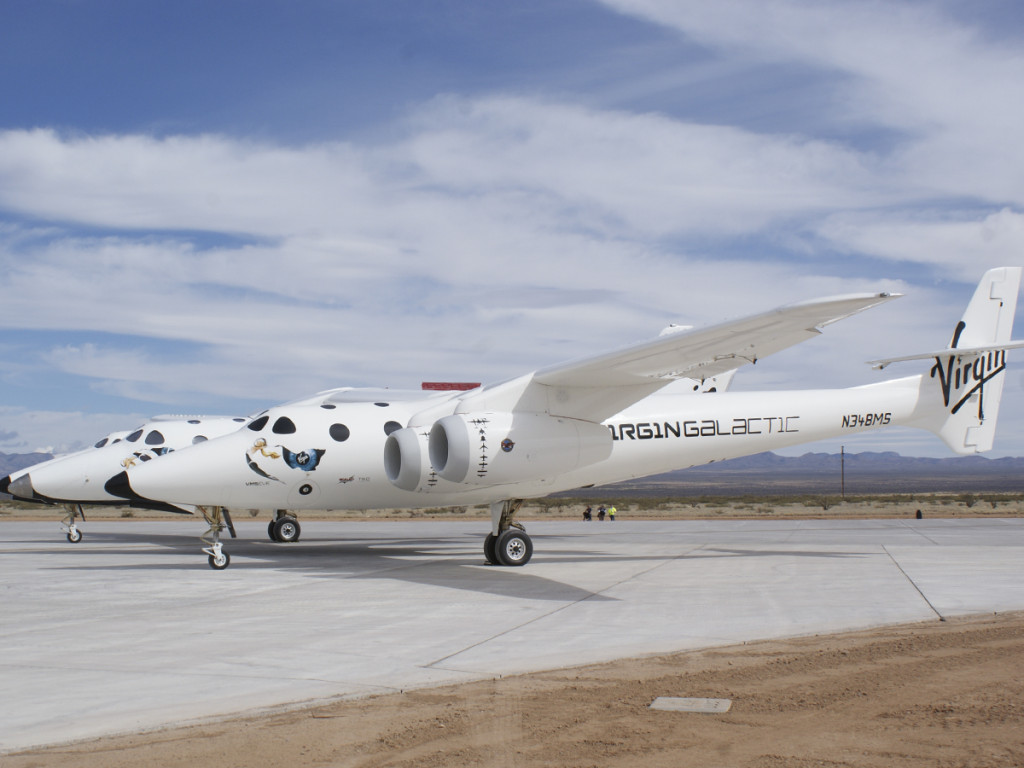
American culture is obsessive in its seemingly singular desire to possess what it doesn’t already own. While immensely problematic at times (see: Manifest Destiny), this striving has also led to great strides in the fields of medicine, agriculture, government and especially space travel. Ever since 1969 and the broadcast of Neil Armstrong claiming the moon — our flag is on it, that means we own it — the idea of space travel has become the new romantic ideal, pushing aside global travel in favor of celestial adventure. Though with the increasingly lessened funding to space exploration programs and NASA, this effort to get the everyman into space has become privatized.
However, in the wake of the failure and subsequent crash of Virgin Galactic’s SpaceShipTwo, the American public must ask the question as to whether such pipe dreams are worth the cost of human life.
An investigation was launched by the National Transportation Safety Board (NTSB) after the crash of the SpaceShipTwo during a test flight, which resulted in the death of test-pilot Michael Alsbury and the narrow escape of copilot Peter Siebold. Not only did this crash cost a human life, but resulted in extreme setbacks as a result of the necessity for an investigation, postponing progress on Virgin Galactic’s $500 million program.
In the wake of such a tragedy, it must be remembered, however, that such extreme advancements in aerospace engineering have never come without asking a high price. Even before the desire to test pilots and crafts against space and the upper atmosphere, the cost of testing new aircraft has come at the expense of human life. Even now, these losses are remembered in the names of such facilities as the Edwards Air Force Base, whose namesake died during a test flight for what would eventually evolve into the B-2 Stealth Bomber.
Later, as NASA began to take shape and evolved out of the Mercury Program and into the Apollo Program, lives were still lost in the effort to make sure later stages of the programs succeeded. Apollo 1 was a spacecraft that never even managed to make it off the ground as a fire in the cabin instantly broke out in the artificially oxygenated atmosphere, tragically killing three astronauts and setting back the $23 billion program. Similarly, the Challenger explosion that occurred as recently as 1986 took the lives of seven astronauts before managing to break up in Earth’s atmosphere.
It is important to remember that the lives lost in these flights were not lost for nothing. To this day, those tests have resulted in functioning stealth bombers, man landing on the moon and even the functioning of space shuttle Endeavor. Test flights such as these were essential to ensuring that later uses of the same technology were safer and that such crafts could be flown with a greater level of reliability, not to mention the everyday applications that tests of these technologies assured, such as fire-resistant materials, improved radial tires and other innovations that are now commonplace. Prototypes are always dangerous as they are the first step in mitigating Murphy’s Law.
Virgin Galactic has recently released a statement on their website, telling the public that they “are committed to learning from this incident and ensuring something like this can never happen again.” As a sentiment, this is more than likely genuine. Virgin itself is an extremely high-earning company and knows that it is in their best interest to keep their customers safe in the future when Virgin Galactic is finally open for public use. It follows that with more than $89 million in deposits for tickets that cost $250,000 a pop, Virgin Galactic’s best move would be to be exhaustive in their use of test flights, and keep their ticket purchasers in the loop.
While the loss of human life is never anything short of tragic, the catastrophic failure of SpaceShipTwo and the death of Michael Alsbury should not be viewed as the end of Virgin’s program, nor should it have to be. As the investigation of the crash moves on, the safety measures taken by Galactic will increase until the use of space flight is just as dangerous as taking a flight in a Boeing plane. Additionally, as this form of tourism becomes more commonplace, governmental regulations and standards will be implemented just as they are for any other form of travel, so don’t panic, and settle in for your trip to the stars (if you can afford it).








